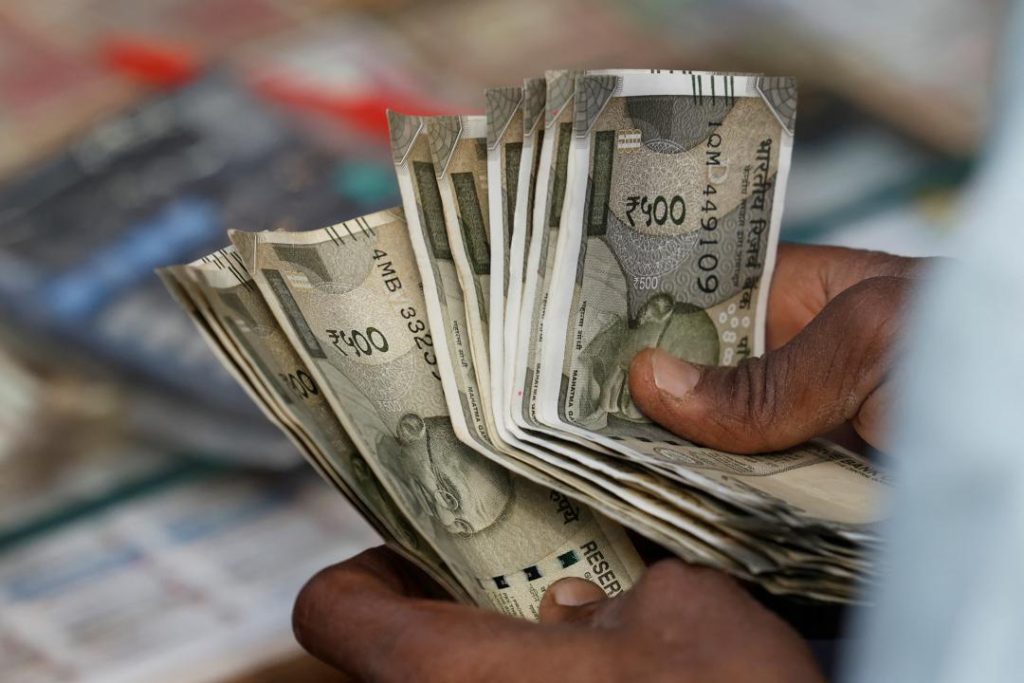
What Got Cheaper & Costlier in March as CPI Falls to 67-Month-Low of 3.34%?
March brought a sigh of relief to consumers as India’s retail inflation, measured by the Consumer Price Index (CPI), dipped to a 67-month low of 3.34%. This significant decline in inflation has led to a notable change in the prices of various essential commodities. In this blog post, we will delve into the details of which items got cheaper and which got costlier in March.
The Cheaper Options
Prices of eggs, vegetables, and pulses saw a considerable decline in March. Eggs, which were previously priced at ₹5.34 per piece, now cost ₹4.92 per piece, a decrease of 7.5%. Similarly, the prices of vegetables, such as tomatoes, potatoes, and onions, have fallen by 14.6%, 15.1%, and 12.1%, respectively. Pulses, which are an essential source of protein, have also become cheaper, with prices dropping by 10.1%.
Spices, meat, fish, housing, recreation, and amusement saw prices drop marginally, indicating a slight reduction in costs. For instance, the prices of turmeric, chillies, and coriander have decreased by 2.1%, 1.4%, and 1.1%, respectively.
The Costlier Options
On the other hand, prices of fruit saw a sizeable jump, with the cost of bananas, apples, and oranges increasing by 12.2%, 14.5%, and 11.1%, respectively. This surge in fruit prices can be attributed to factors such as supply chain disruptions, weather conditions, and seasonal fluctuations.
Prices of cereals, milk, oil, sugar, confectionery, clothing, snacks, sweets, pan, tobacco, footwear, fuel, and health and education saw marginal rises, indicating a slight increase in costs. For instance, the prices of wheat, rice, and sugar have increased by 1.1%, 0.9%, and 0.7%, respectively.
Why the Decline in Inflation?
The decline in inflation can be attributed to several factors, including:
- Floods and droughts: The recent floods and droughts in various parts of the country have led to an increase in agricultural production, resulting in a surplus of essential commodities. This surplus has put downward pressure on prices.
- Monsoon rains: India received above-average monsoon rains in 2020, which has boosted agricultural production and helped to reduce prices.
- Government intervention: The government has taken steps to control prices, including importing essential commodities and providing subsidies to farmers.
Conclusion
The decline in inflation to a 67-month low of 3.34% is a welcome relief for consumers. The decline in prices of essential commodities such as eggs, vegetables, and pulses is a significant development, as it will help to reduce the burden on households. However, the rise in prices of fruit and some essential commodities such as cereals and milk is a cause for concern. As the economy continues to navigate the challenges posed by the pandemic, it is essential for the government to ensure that prices remain under control and that essential commodities are available in sufficient quantities.
Source:






